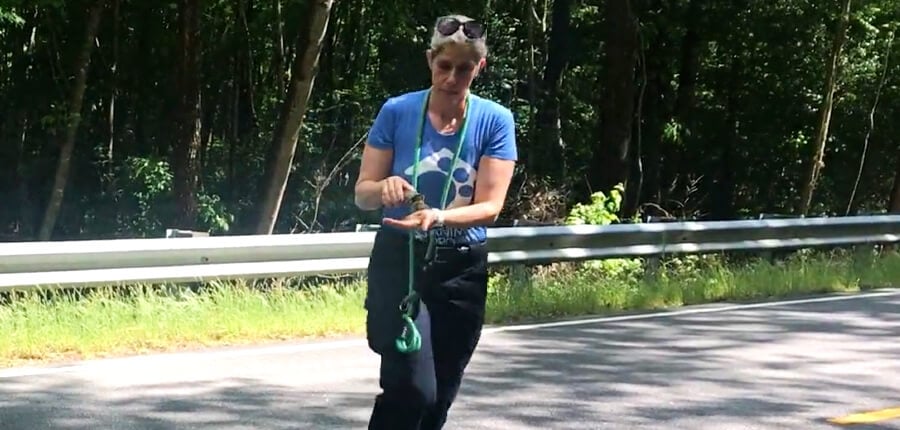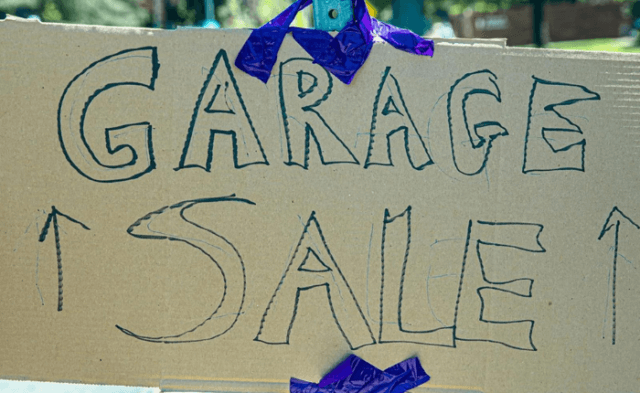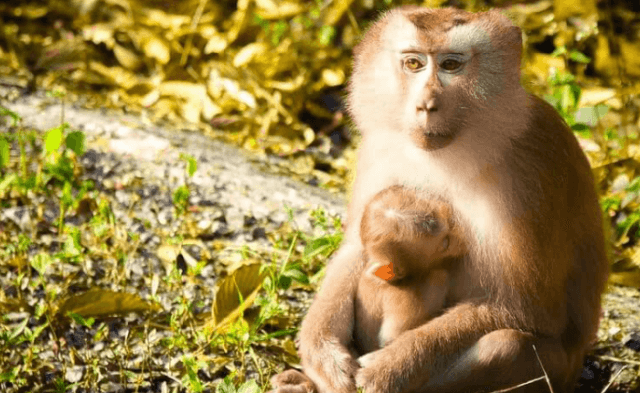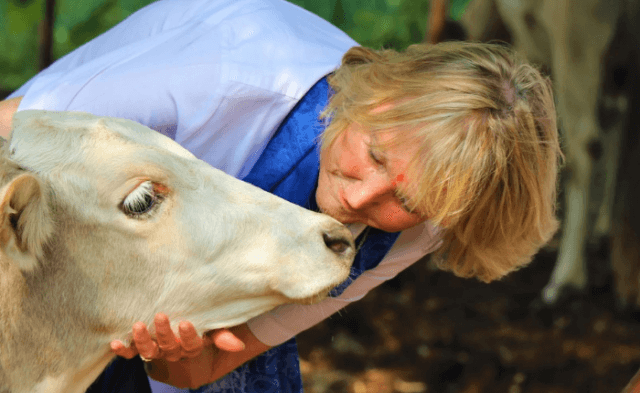Please enjoy this article from the latest issue of our magazine, PETA Global. To begin your subscription, become a PETA member today!
It looked like a rock on the road. But as PETA’s fieldworkers got closer, they saw that the “rock” was a turtle determinedly trying to cross a highway. The turtle was inches away from being run over, and turtles can suffer for days or weeks with a crushed shell before succumbing because of their slow metabolism.
The fieldworkers whipped the van around, sprang out, stopped traffic, and whisked the turtle to safety. One more animal saved!
Rule #1: Never Turn Away
Whether there are pelicans stranded on a bridge in a hurricane, a dolphin entangled in fishing line, or a deer with a broken leg, PETA fieldworkers have saved them all, rescuing animals around the clock. But wildlife emergencies can arise in your neck of the woods, too, so be ready. Rule #1: Never pass by, thinking, “Someone else will help” – they probably won’t. You have been chosen to help, so here’s how to become that “someone” yourself!
Why Did the Turtle Cross the Road?
If you spot a turtle in traffic, pull over and put on your hazard lights. Pick up small turtles and gently nudge large or snapping turtles into a box or onto a flat surface. Take them in the direction that they were headed. Don’t ever turn them around – they know where they want to go and will turn back into danger if they’re rerouted. That seemingly “dead” turtle often isn’t. Pinch a back toe or touch the corner of an eye to check for a reaction. Rush the turtle to the nearest vet or animal shelter if you see any signs of life.
Crush It for Raccoons
Discarded food containers are irresistible to hungry animals. PETA’s fieldworkers rescue animals facing a miserable death from dehydration or strangulation – all because they got their heads stuck in a jar or can. Save lives by rinsing food containers, putting lids back on, crushing cans, and cutting apart plastic six-pack rings. Cover recycling and garbage bins to prevent animals from getting trapped inside. And always pick up litter. Animals with their head stuck in a container should be secured in a blanket, jacket, or cardboard box so you can gently work the container free. Oil or grease can help. If that doesn’t work, contact a wildlife rehabilitator.
Follow the (Baby) Cardinal Rule
People often mistakenly “rescue” baby birds who should be left alone. If you see a fallen baby bird with few or no feathers, place him or her back in the nest. Parents won’t reject a baby who’s been touched by human hands. If you can’t find the nest, make one out of a basket or paper cup with small holes in the bottom so water can drain out if it rains, hang it in a sheltered spot close by, and watch for the parents to return (from a distance). Fledglings (young, mostly feathered birds) may flap on the ground as they learn to fly. Their parents are usually nearby. If fledglings are in immediate danger, move them to a nearby tree or shrub. If the bird appears injured or ill or if the parents don’t return, contact a wildlife rehabilitator.
When No Action Is the Best Action
In most cases, wildlife should be left alone unless you see any of the following: The animal has an obvious injury like a broken wing, has been caught by a predator, is trembling or lethargic, is still dependent on parents who were killed nearby, or is in other immediate danger. In these situations, call a wildlife rehabilitator for help.
Make Sure You’re Ready for an Animal Emergency—Click Here for More Tips!





